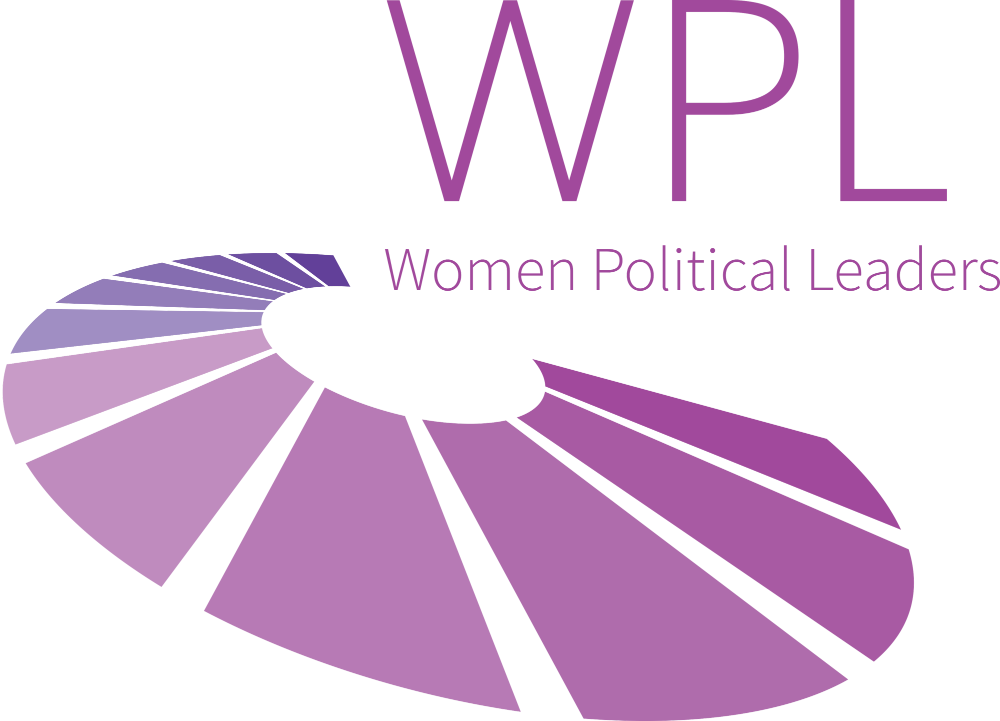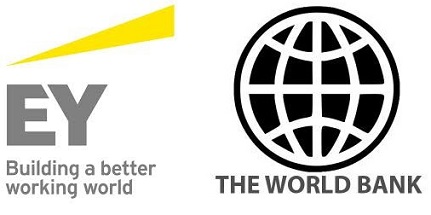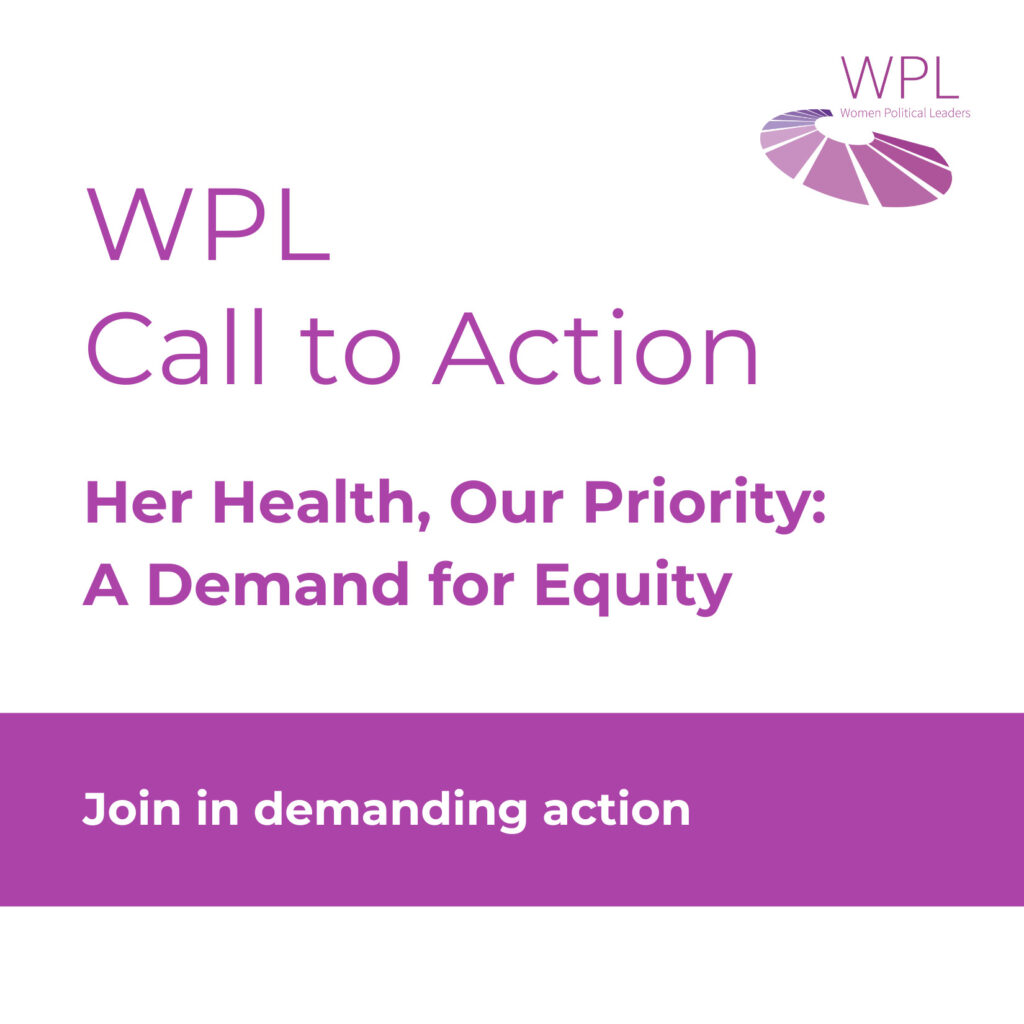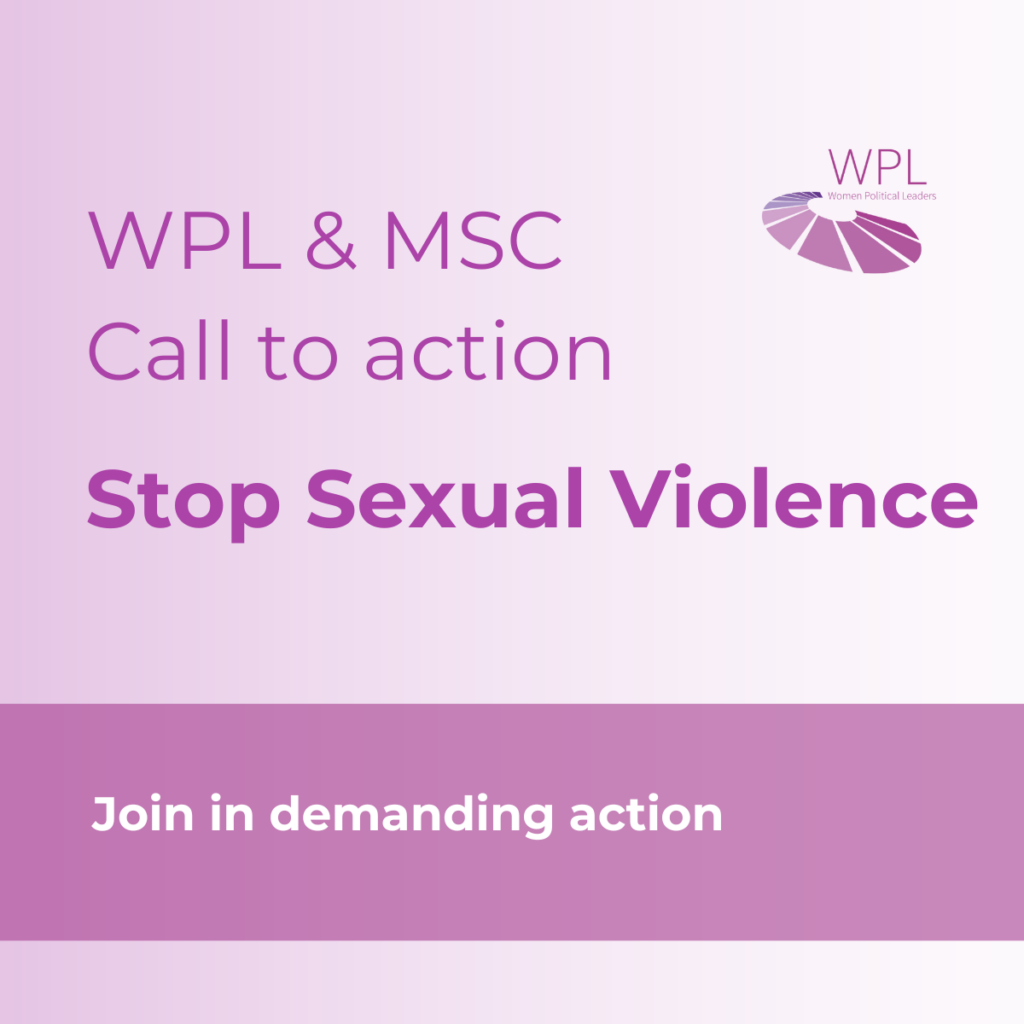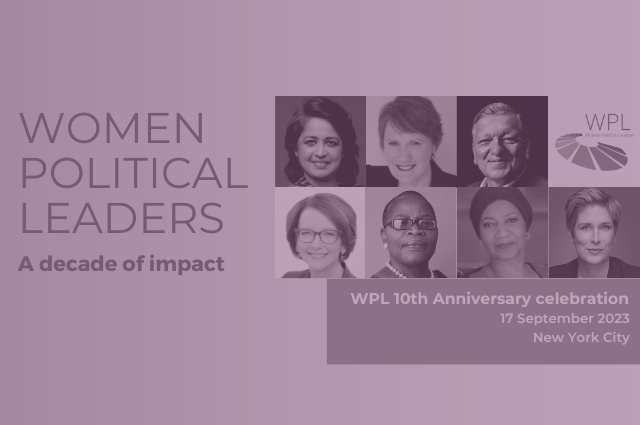The Women in Parliaments Global Forum (WIP) and the Gender and Development Unit of the World Bank have launched a survey to conduct research that will help to uncover the factors that limit women’s political participation worldwide. Our Team will be assisted by a research team from Yale, Berkeley and London School of Economics and with support from Ernst and Young.
All female Parliamentarians will be contacted to answer to this survey, which results will provide global leaders and policy-makers new information to tear down remaining barriers to women’s participation in politics. Therefore, if you are a female Member of your National Parliament, please get involved and take 15 minutes of your time to complete the online questionnaire.
The results of the survey will be treated anonymously to identify the official/legal and unofficial/non-legal barriers and to understand at which stages such obstacles emerge. The study will be released by the end of this year and disseminated and publicly discussed around the world.
—
(Background information)
More than half of the world’s population is female, but only 21 percent of national parliamentarians are women. While gender equality in political participation has intrinsic value, instrumental value also plays an important role. The composition of legislative bodies may affect the quality of laws and may influence the extent of their application. Furthermore, women leaders are more likely to be responsive to public needs and tend to cooperate across party lines.
A range of official and unofficial, formal and informal barriers can limit women’s political participation. There are also opportunities and factors that facilitate participation in various ways. Access to power tends to emerge from familial, communal and economic linkages, and these factors may help explain patterns of participation. Norms about women’s appropriate roles and leadership capabilities also shape both aspirations and opportunities. In countries where women have historically been absent in public life, such barriers to entry may be much higher. Participation in local level government may be a good route to participation at the national level.
Official measures, such as quotas, can be instituted as part of the parliamentary system and/or at the political party level. The level of transparency in party decision making may affect political participation, especially for women who are less likely to have strong political networks. While informal rules and relationships tend to reinforce hierarchies of power, procedures that promote and guarantee women’s decision-making within political parties can increase their public voice.
Lack of financial resources can limit participation given the costs associated with elections. Independent funding and placing limits on campaign spending may support women in overcoming the barriers to political participation.
